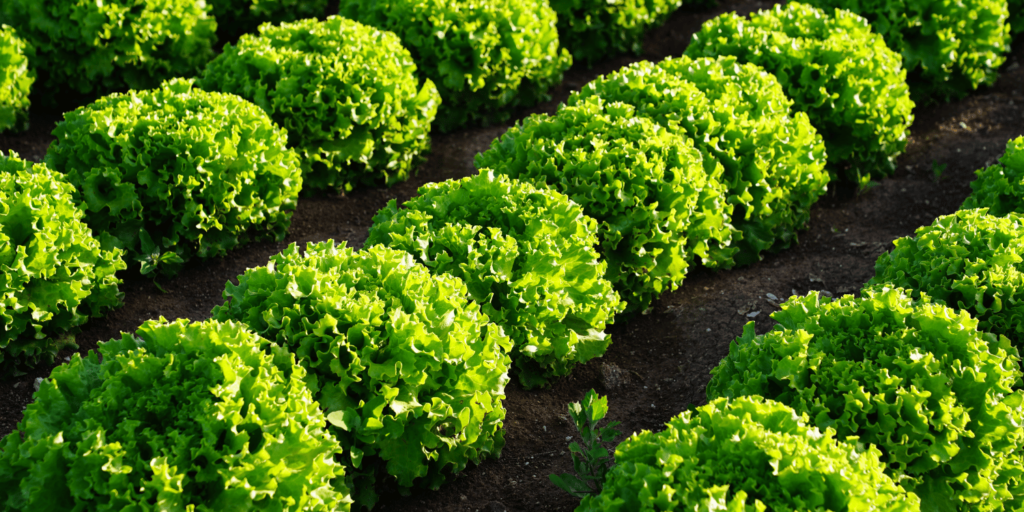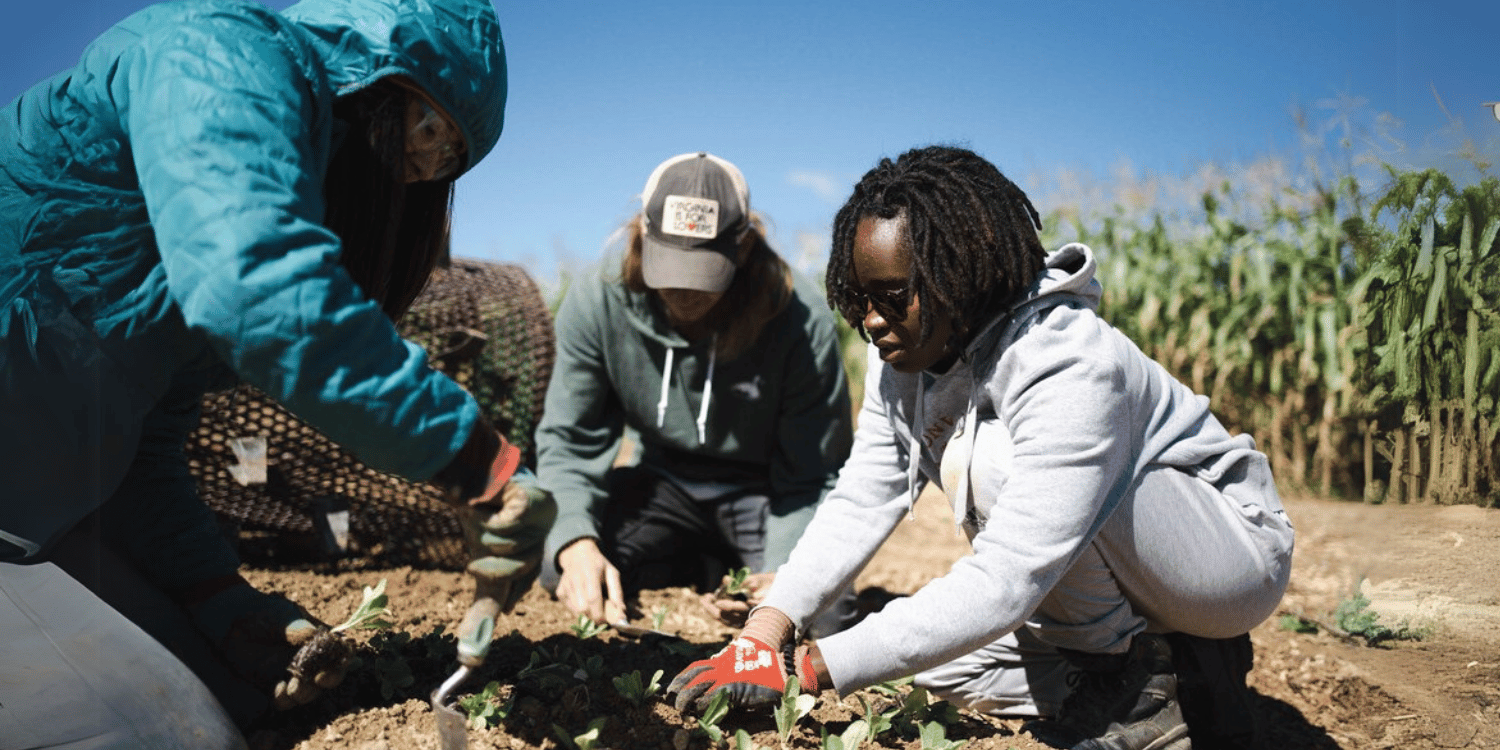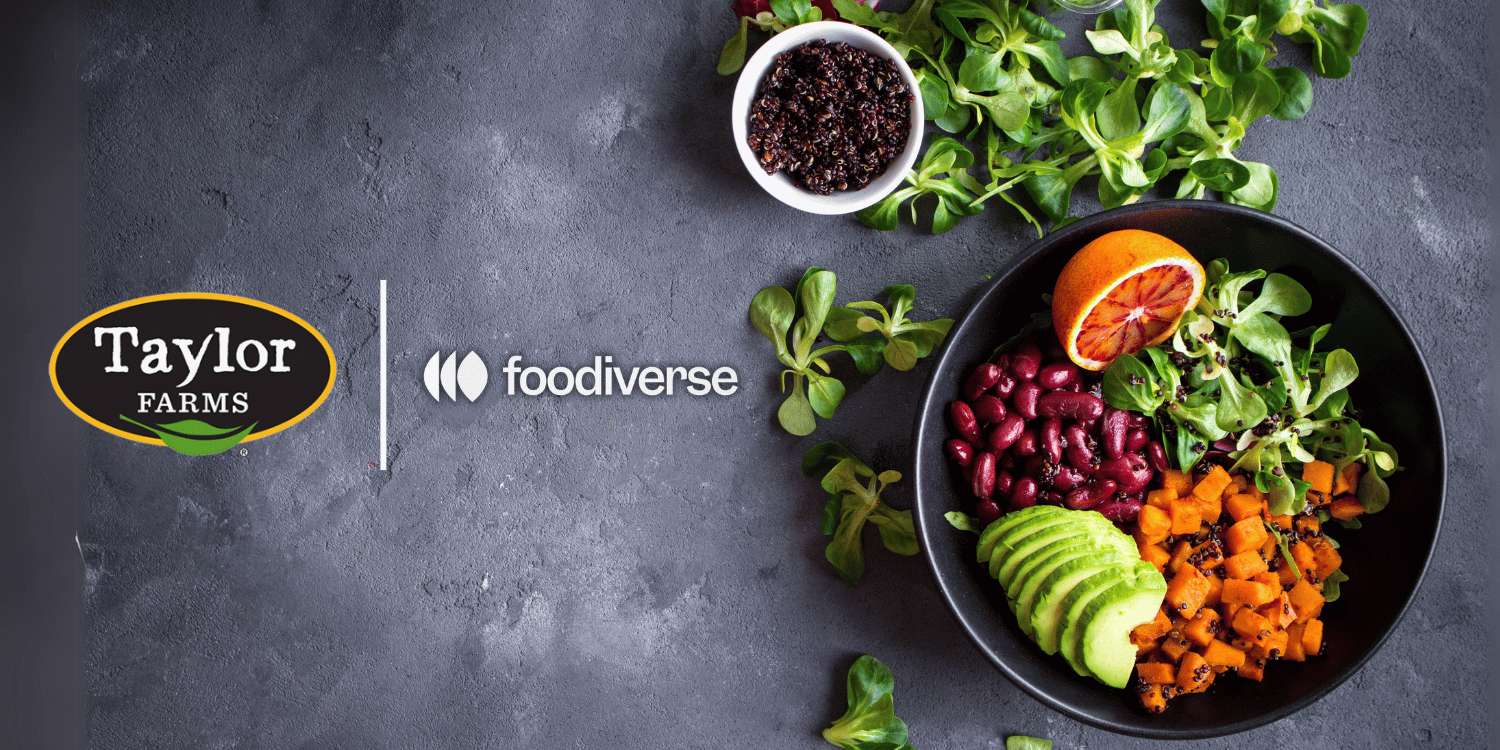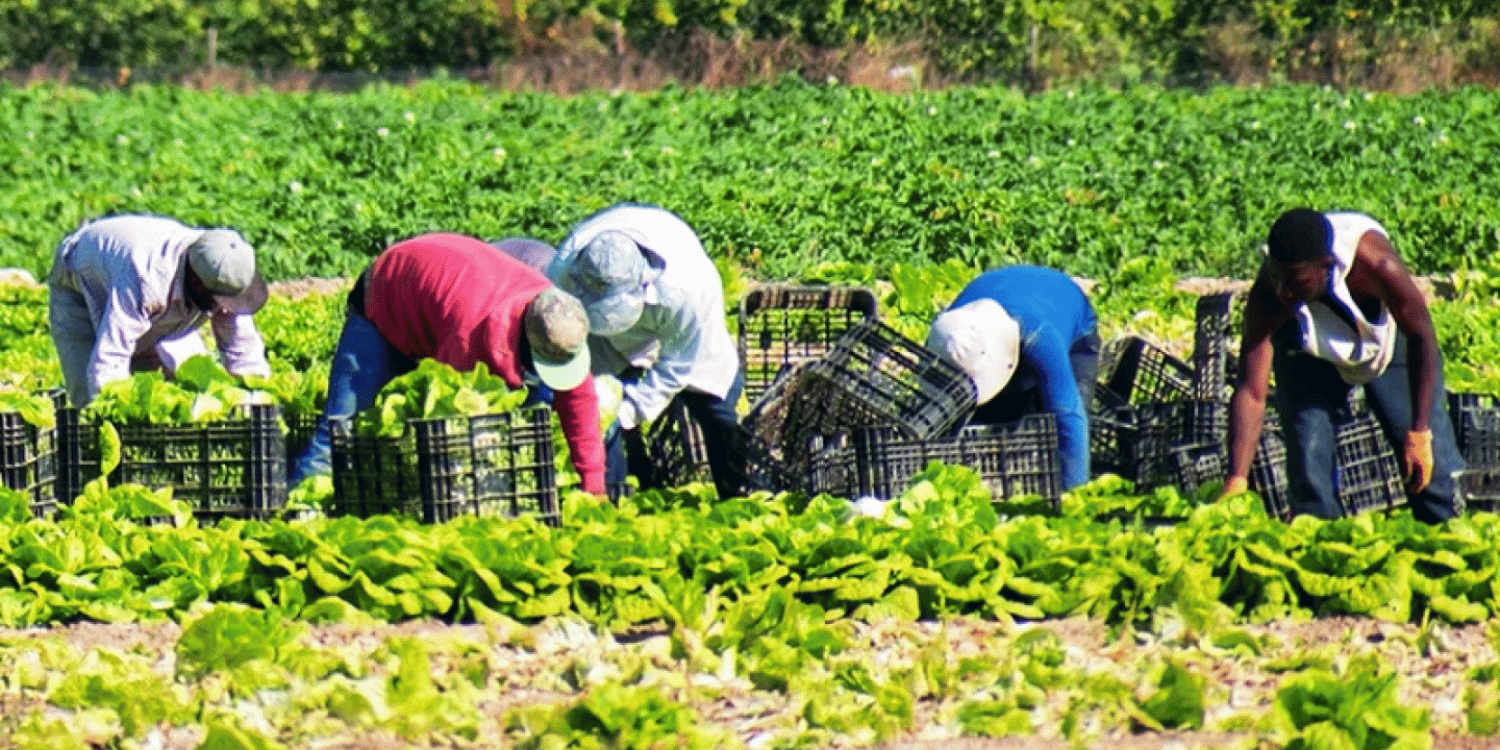Warm Days Follow Freeze Events, Heightening Leafy Green Challenges
Leafy greens growers in Arizona and California’s desert region are anticipating persistent quality issues this month as a recent stretch of warmer temperatures follows weeks of strong winds and early-morning freeze events.
This shift in weather, which saw daytime highs reach 85°F on February 3, has the potential to aid stalled plant growth.
However, the abrupt temperature variations may still lead to problems such as epidermal blistering, peeling, and compromised weights that could affect both supply consistency and overall quality.
In an effort to secure the most reliable produce for orders, Markon Cooperative has been conducting inspections in the area and collaborating with local growers.
The Arizona/California desert growing region began a warming trend over the weekend with daytime highs peaking February 3 at 85°F.
Temperatures will decline through the week but will remain in the upper 70°s to low 80°s.
While these conditions can boost growth, the rapid weather changes pose notable challenges through the rest of February.
Markon inspectors caution that certain defects, such as epidermal peeling on iceberg, romaine, and green leaf lettuce, may increase.
Dehydration, wilting, and wind damage all exacerbated by alternating cold spells and warmth are also concerns.
Cases with lower or inconsistent weights have been observed, which complicates the packing process and creates potential for variability in both size and quality.
Additional threats like shorter shelf life, blistering, and yellowing leaves highlight the continued vulnerability of tender leaf items.
Although the higher temperatures will stimulate growth that had stalled, product uniformity can remain elusive until environmental conditions stabilize.
Despite these ongoing issues, demand for leafy greens appears to be strengthening.
For green leaf lettuce, Markon has noted that its First Crop Premium line is now available and performing well, largely because growers are trimming yellowed outer leaves at field level.
Field crews are taking steps to avoid harvesting uneven heads, and although supplies vary among different growers, the overall market is projected to hold steady or trend slightly higher this week.
Iceberg lettuce faces a separate set of hurdles.
Low case weights, in particular, have made it difficult to maintain a consistent level of Markon First Crop Premium Iceberg.
Some orders are being supplemented with Markon Best Available as needed, so buyers may see a mix of products in shipments.
The more recent surge in daytime temperatures could aggravate epidermal blistering and peeling problems, which have already been seen in many lots.
An additional outcome of these quality concerns is a tighter supply chain, which is expected to drive price increases over the coming days as strong demand competes with reduced availability.
Higher temperatures could present new challenges later in the month, but steady demand and relatively robust stocks suggest that the market for romaine will remain stable.
Harvesting crews are focusing on careful field practices to identify and remove the most visibly damaged leaves, mitigating some of the negative effects of earlier freezes and strong winds.
Although the desert weather can be unpredictable, many growers and distributors are relying on ongoing inspections and close communication with field teams to navigate these ups and downs.
A return to more moderate conditions could help minimize further blistering and peeling, yet experts caution that the smaller window for harvesting greens at peak condition makes it essential to remain vigilant.




















